ebook
Top 5 Business Challenges
Solved with Location Intelligence
Overview
Business leaders long relied on data to make better decisions, but it’s often lacking context about the places, surroundings, people, and behaviors that impact business activity.
Location has the power to bring order to data and fill in the gaps, becoming a fundamental resource underpinning applications like real estate site selection, sales strategy, risk analysis, citizen engagement, and beyond.
Through practical tips and use cases, this eBook guides organizations on onboarding spatial analytics tools: the most effective and business-friendly way to maximize the value of location data.
Key trends and considerations
Location intelligence is an organization’s capability to make sense of spatial relationships between people, assets, and the environment to derive trends and insights that will inform their decision-making.
When previously location data was painstakingly collected in the field, compiled, and released after years, it’s now instantly accessible, constantly updated, and seamlessly integrated into everyday applications and devices.
And that’s not the only change – tools that drive location intelligence have been on the market for decades but look ten years back and you’ll find that working with location data required specialized tools, advanced systems, and expert users.
The location intelligence landscape is constantly evolving, so you need to keep a hand on the pulse. Let’s explore the key industry trends in more detail.

The trend
Explosion of data
90% of the world’s data was generated in the last two years alone and an estimated 80% of all data has a location component. The pace of data creation will continue to accelerate with the expansion of digital services and the growing reliance on cloud computing.

The solution
Data integrity
We understand the value of high-integrity data and the role it plays in everything you do. Your location intelligence initiatives are no exception: they rely on strong addresses and high-quality location data to produce the expected results.
The trend
Everybody needs location intelligence
Critical information required for business growth is trapped within specialized departments as most companies have not realized the full potential of location intelligence due to insufficient skills.

The solution
Democratization of location intelligence
Equip business users with powerful location intelligence tools that are easy to use and access to extract critical data insights that propel your business.
The trend
A key differentiator in turbulent times
Spatial analytics that require modest investment can drive a high return on investment for both operational and analytical applications across the enterprise.

The solution
Start early
Early adoption of location intelligence gives businesses a competitive advantage by enabling them to respond swiftly to changing market conditions, capitalize on emerging opportunities, and stay ahead of competitors.
Spatial analytics in action:
5 use cases that succeed with location insight
Site Selection
Mistakes are too expensive for a trial-and-error approach to site selection. For example, if you’ve opened a new fast-food restaurant, you can’t relocate it once you realize you made a poor decision and you’re not drawing the crowds you need.
It is easy to see the value of using location intelligence to drive site selection, even for a single location. When that decision is scaled across multiple locations – whether it is retail, banking, public sector, or even telecommunications towers – it quickly becomes apparent just how valuable it can be to have a systematic approach to site selection.
If you can better understand who your customers are, where they come from, and where they go after they leave your shop, then you can better anticipate their needs and increase customer satisfaction.
With access to rich, detailed location-based data, this is not just a possibility – it’s a reality. Smart, innovative companies have turned site selection into a repeatable, data-driven process that can be refined and improved by adding even more layers of location-based data. That process is improving profitability, reducing risk, and helping business leaders identify new opportunities.
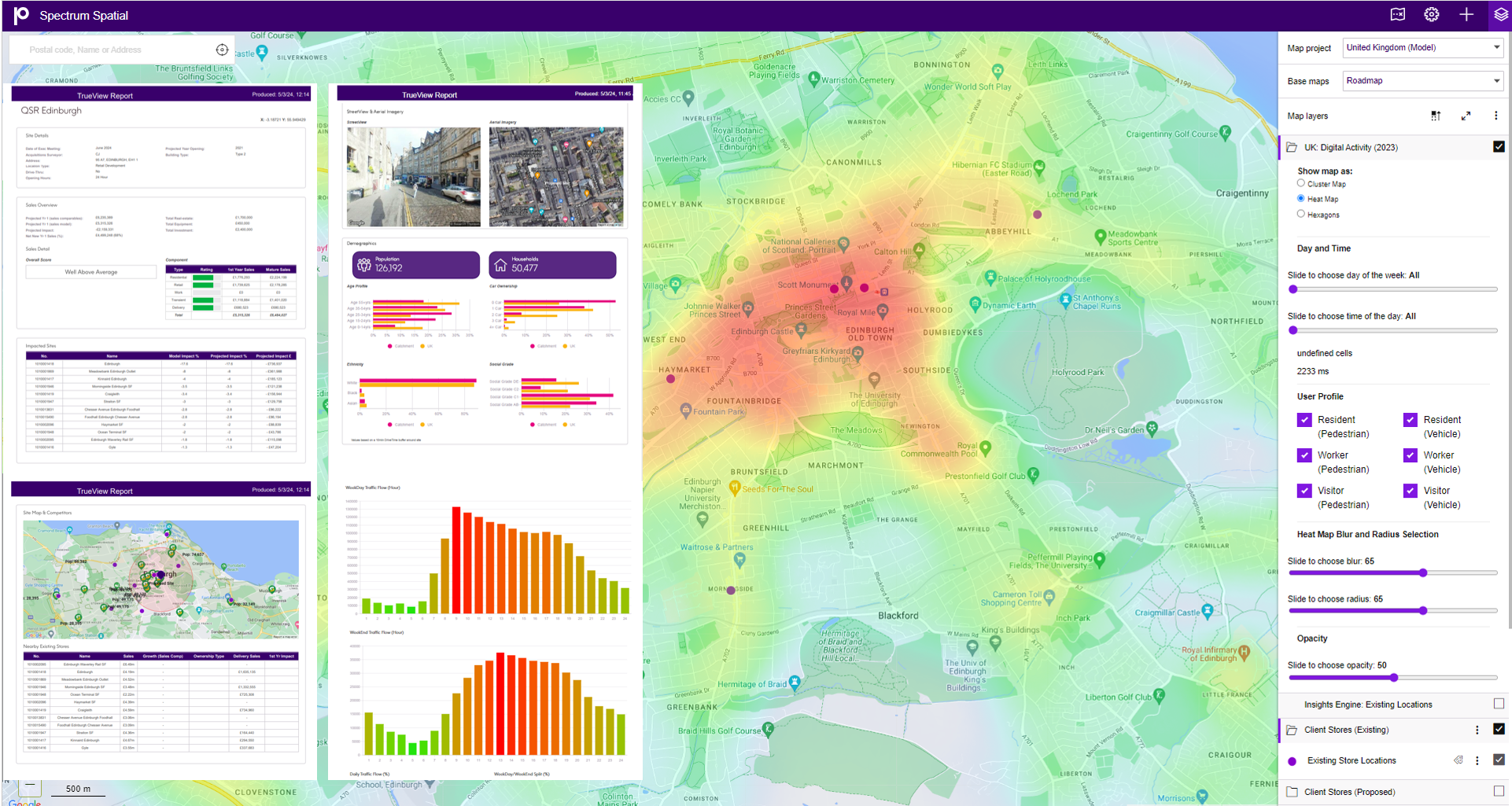
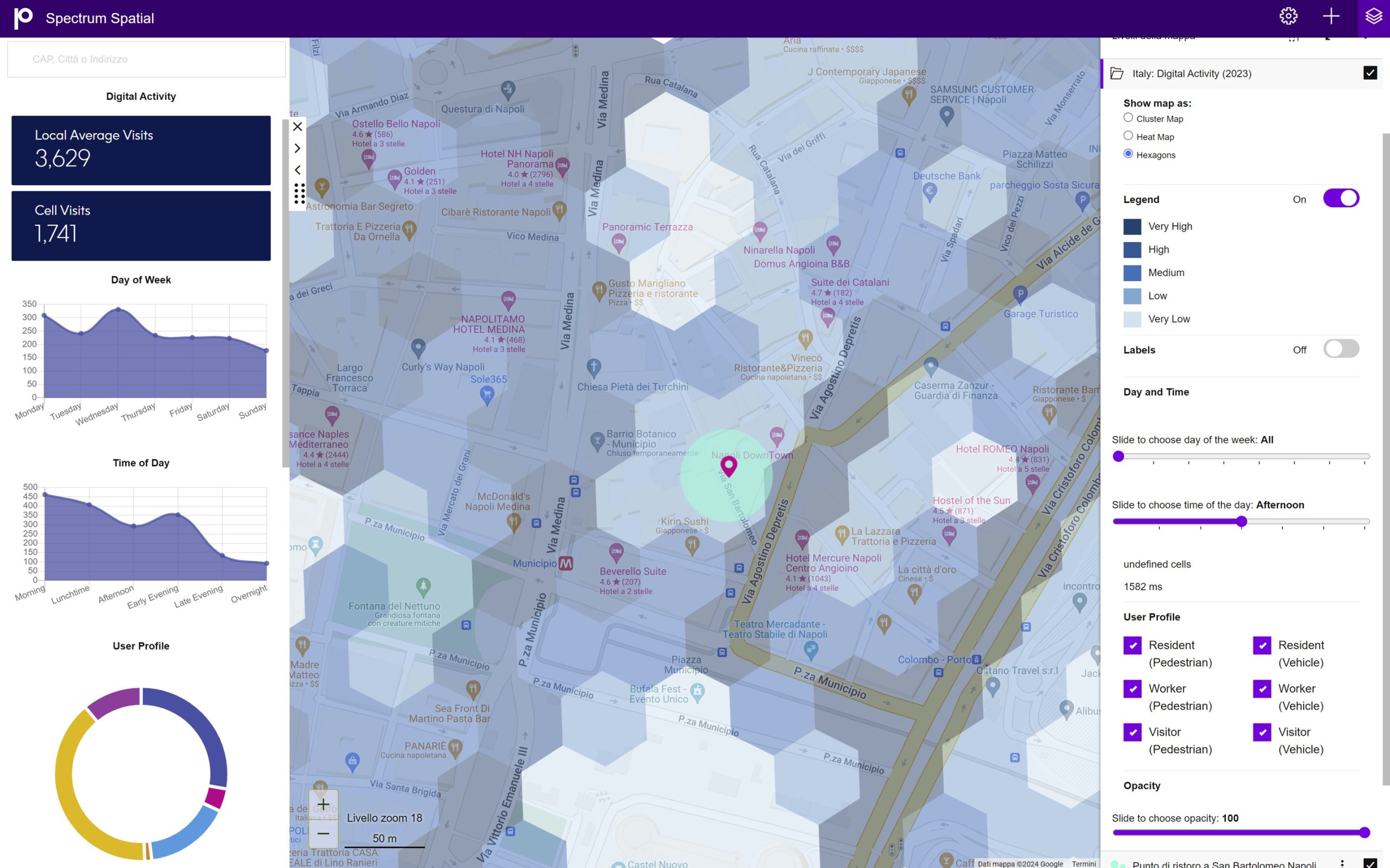
Risk Assessment
At the heart of the risk assessment process lies a detailed understanding of multiple elements of the physical world. Insurers constantly assess risks associated with an individual property to make more intelligent policy decisions.
Spatial analytics and data enrichment provide unmatched insight into a comprehensive view of property, elevation, historical natural and crime risk data, proximity to coastlines, and demographic information to accurately assess the risk level for each property.
Thanks to intuitive map-based business intelligence reports, underwriters gain the ability to assess risks with unprecedented accuracy, actuaries can refine pricing models based on precise location data, marketers can target their efforts with laser-like precision, and management teams can make strategic decisions informed by real-time insights into the geographic distribution of risk.
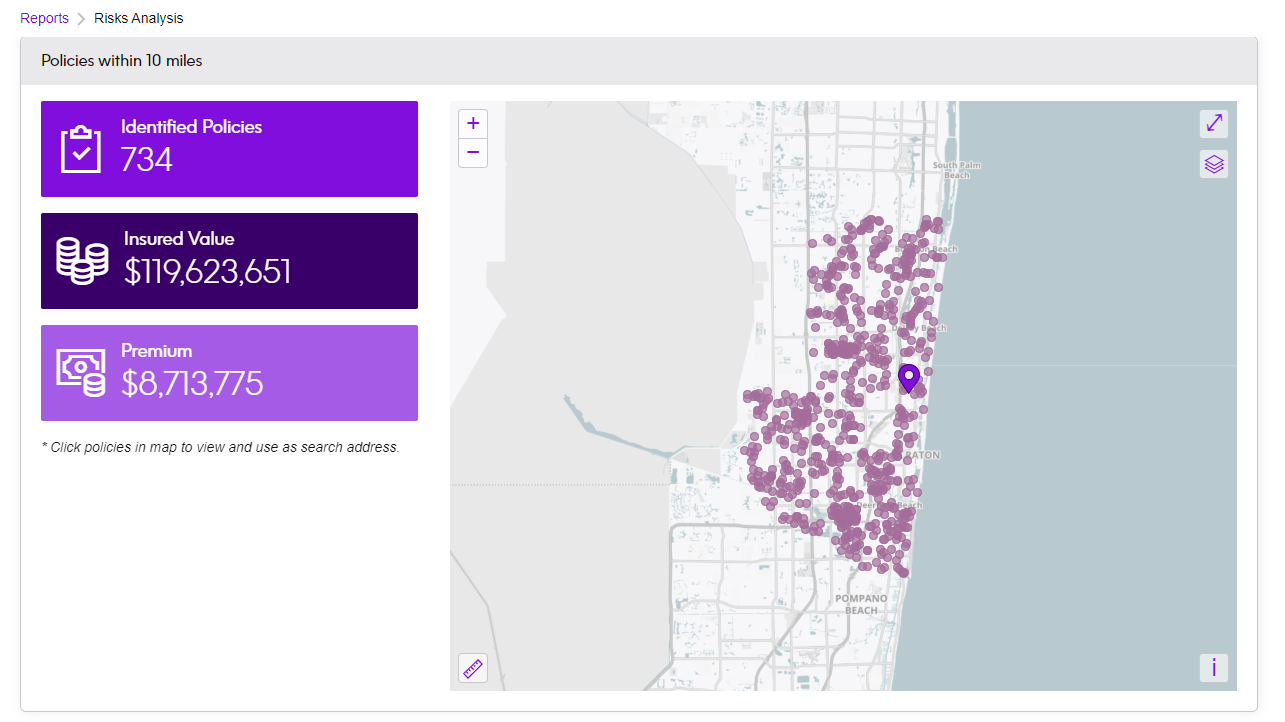
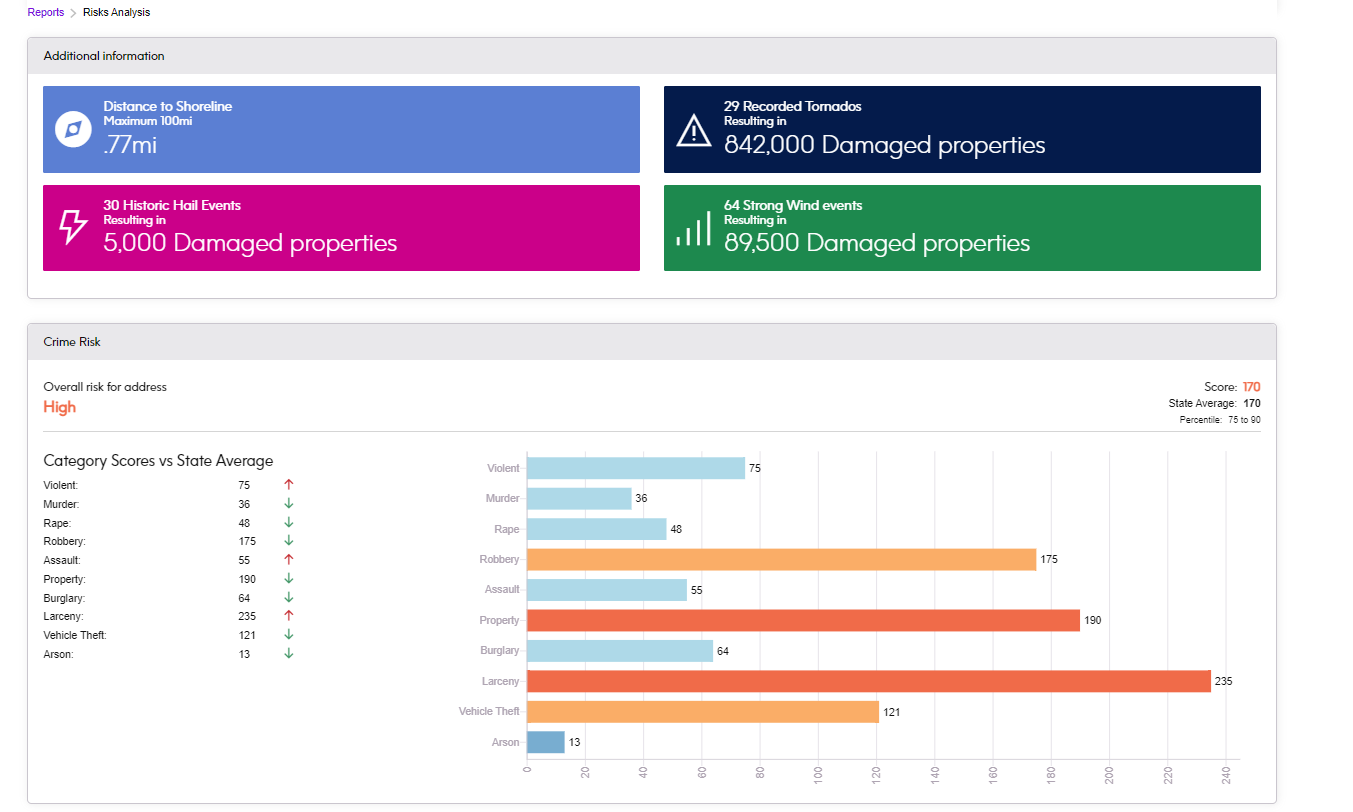
Network Optimization
For telecoms, the use of location information can be helpful to all areas of the business, from network planning to sales and marketing.
Location intelligence and data enrichment solutions are key to expanding critical capacity and delivering optimal service. With them, you can pinpoint the locations of cell towers, small cells, and Wi-Fi with new levels of precision – which is particularly important against the accuracy requirements associated with 5G wavelength frequencies.
Executive and marketing leaders can also use location intelligence to target potential customer addresses for eligible services. Service engineers can use it to track and analyze traffic geospatially to identify areas where network resources are being over- or underutilized.
While there may be several different priorities for telecommunications companies, all these solutions have one thing in common: the analysis of location-based data. That’s why spatial analytics is a cornerstone of success for telecom companies navigating an increasingly complex and competitive landscape.
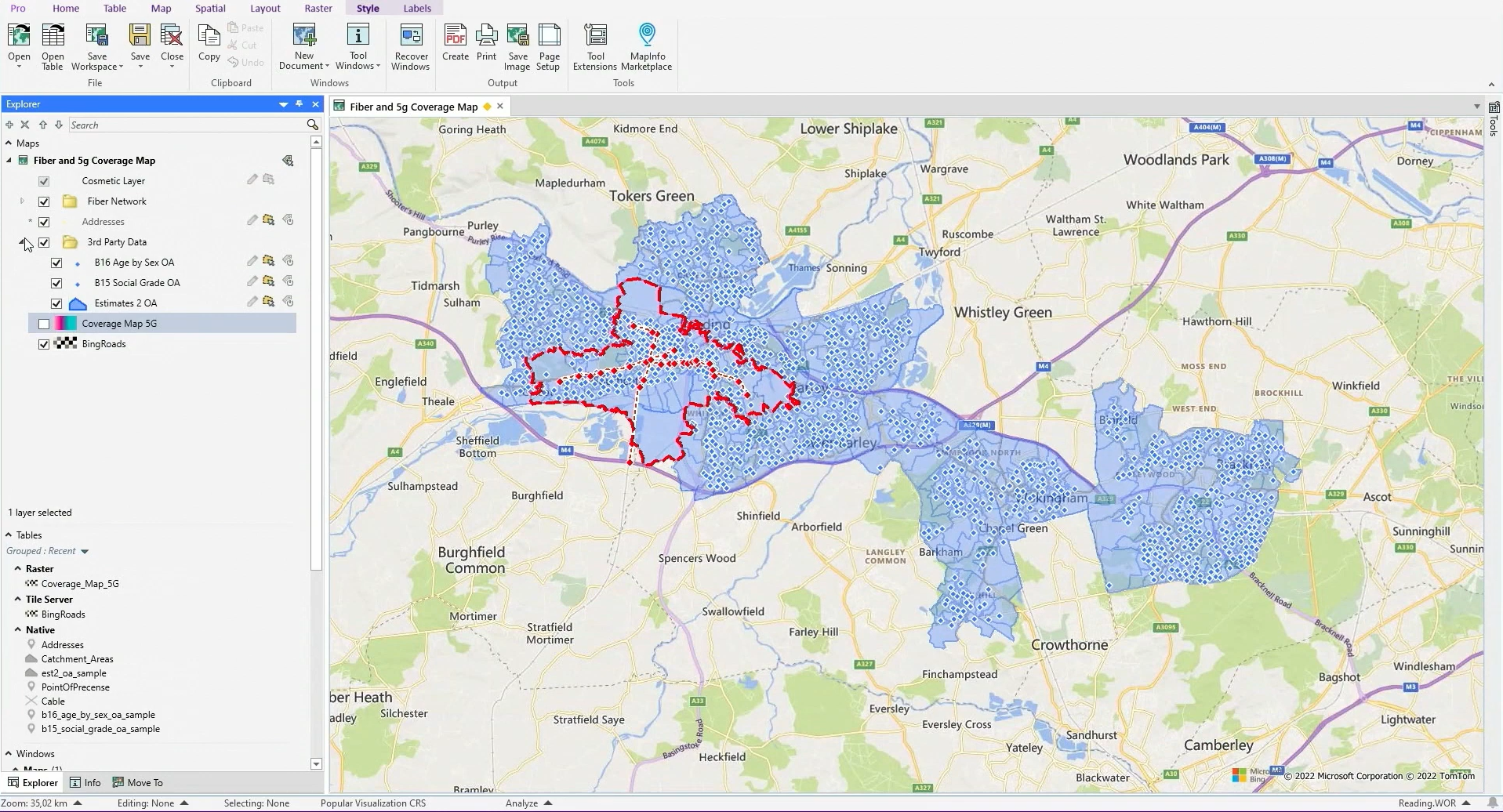
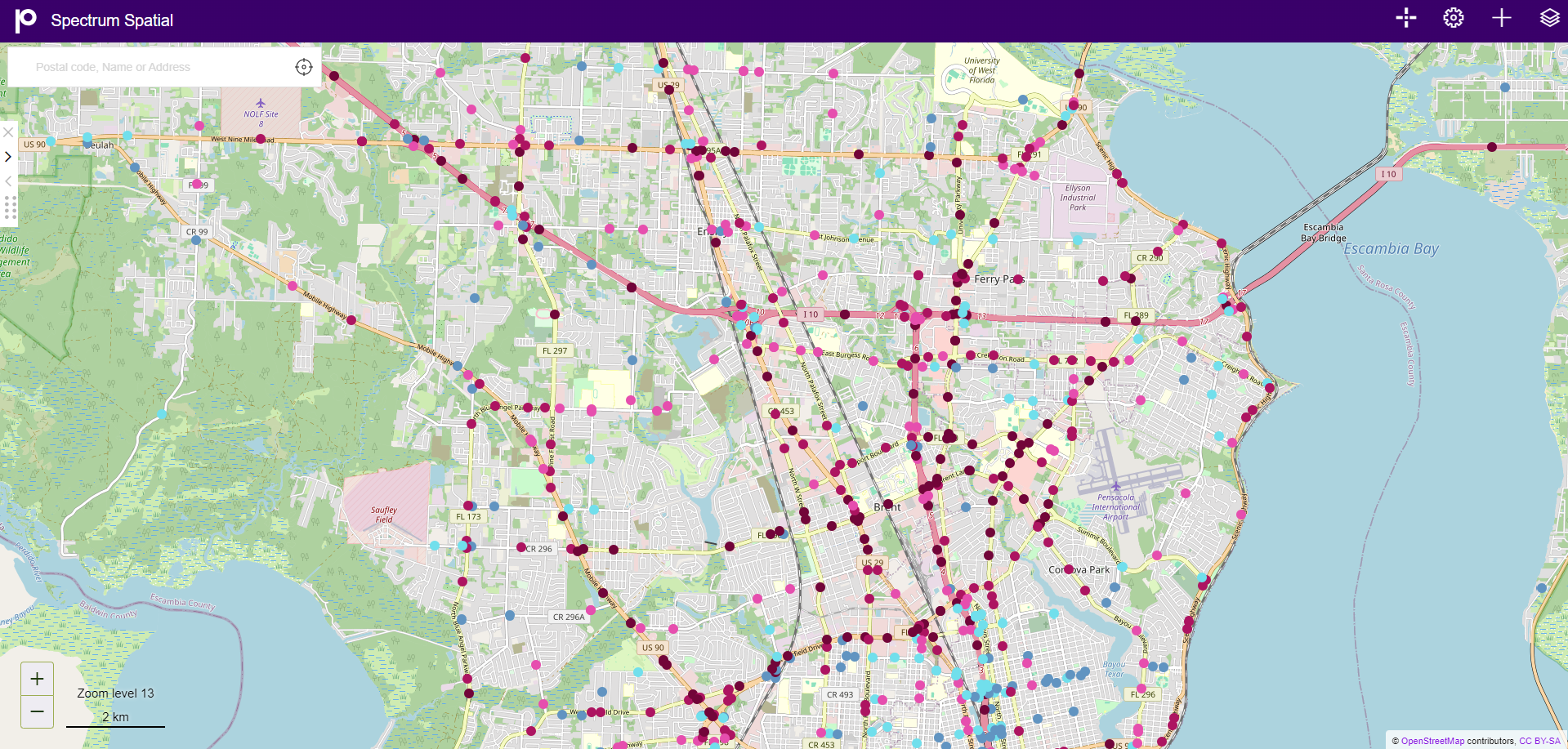
Territory Planning
Adjusting and refining sales and service territories can pose significant expenses and disruptions for your field team. That’s why getting it right the first time is so crucial.
While most organizations still rely on complex CRM systems to define territories, embracing location intelligence offers a more dynamic and precise approach. You can optimize field travel to ensure more visits per trip, easily adapt to changes in sales and service staff, and ultimately empower representatives to spend more time selling and delivering services.
Whether it’s eCommerce or food delivery service, route planning is critical to maintain superior customer service standards all while reducing costs and eliminating time wasted in traffic. Spatial analytics reduce the number of failed visits and deliveries by identifying optimal routes whilst considering multiple variables such as road conditions, seasonality, and natural hazards.
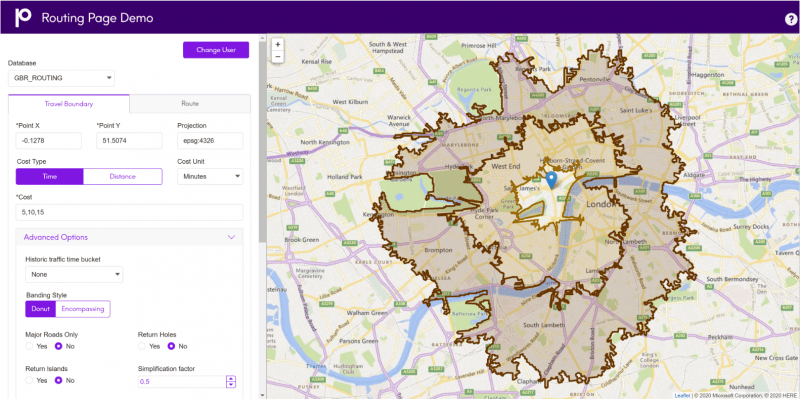
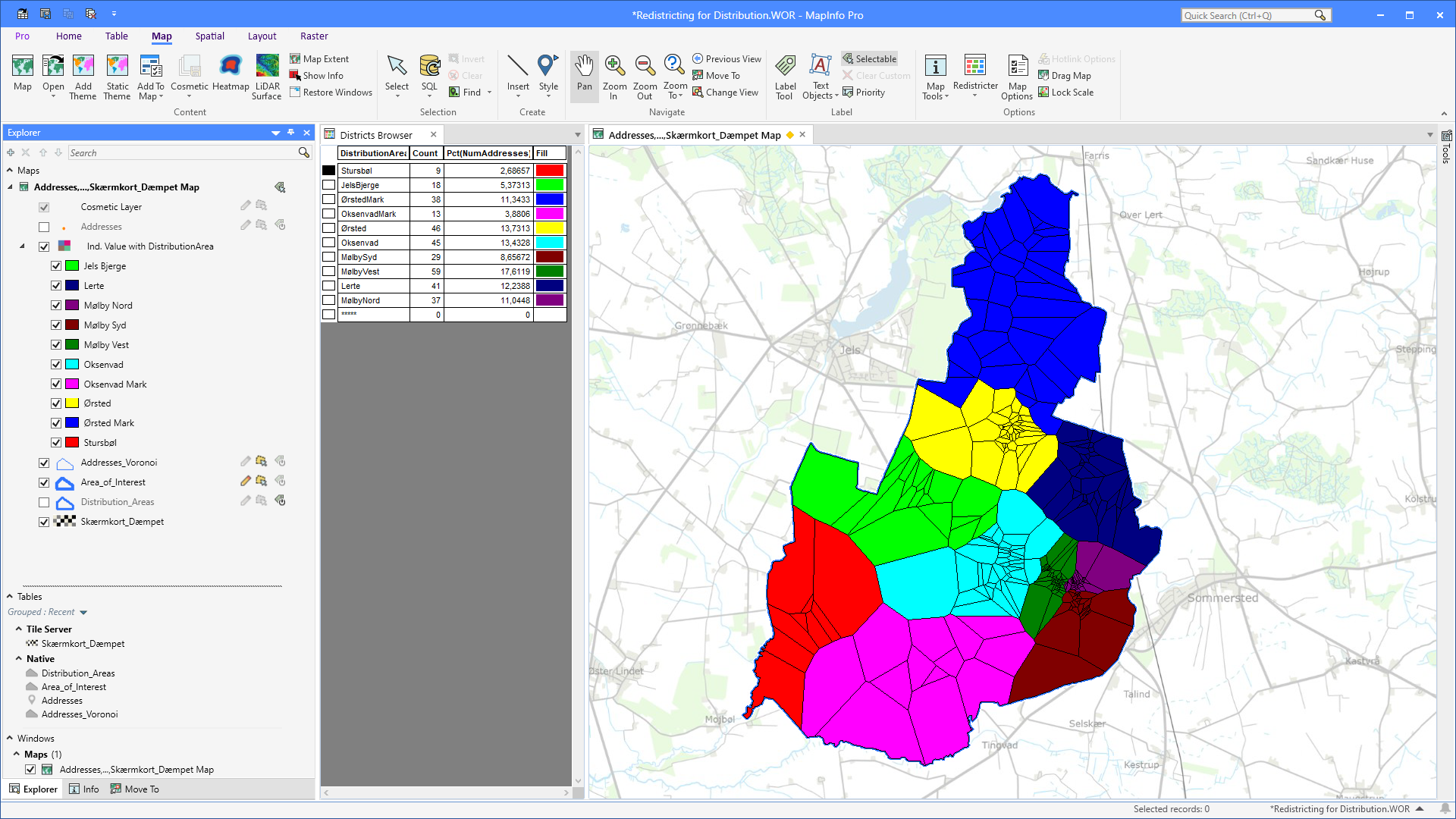
Geomarketing
Geomarketing is a proven strategy to maximize your advertising dollars and target the right audiences with the right campaigns, but location intelligence is taking it to the next level.
Whether you’re an ad agency, media planner, or simply looking to grow your business by finding the right customers for your goods and services, spatial analytics will be key to planning, managing, and activating your marketing campaigns.
Business-friendly spatial analytics make it simple to segment customers based on location or demographic features, understand visitation patterns, and retarget marketing initiatives to secure the most value per dollar spent.
Beyond marketing applications, geodemographic data is a valuable resource in public sector, informing urban planning and helping government agencies identify and engage with diverse communities more effectively.
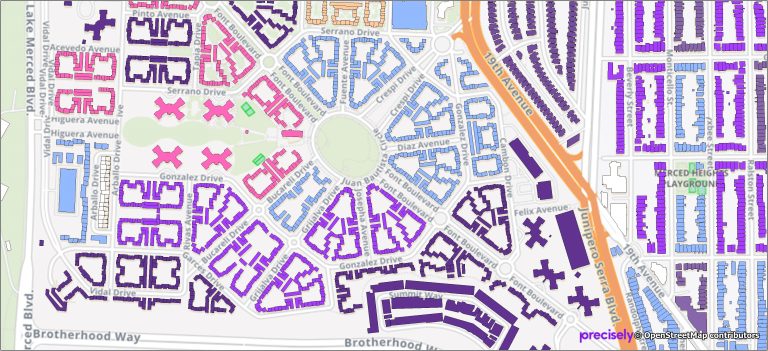
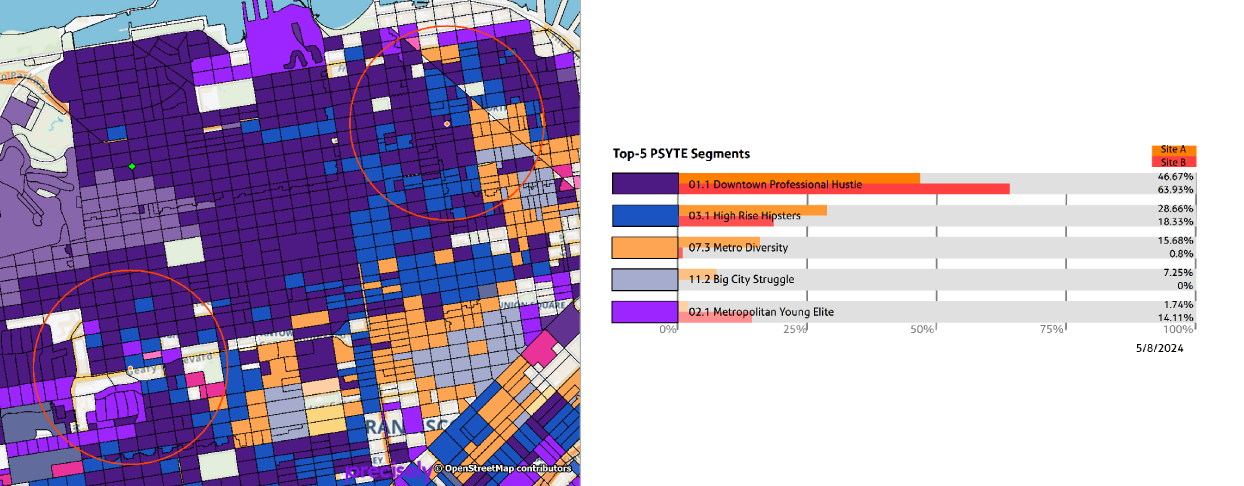
Summary
With the boom of data, prioritizing spatial analytics and high-integrity data has never been more crucial.
To trust the outcomes of your location intelligence initiatives, you need a foundation of high-quality address data, third-party enrichment data filling in the gaps, and spatial analytics capable of delivering critical location-based insights to those who need it most.
What are your top use cases for spatial analytics? What could you achieve by unlocking the full potential of location data? Whatever your unique goals, remember that location intelligence starts with trusted data. Get ahead of the curve by starting your journey today.
Location intelligence resources
Products
The Precisely Data Integrity Suite
Webinar
Who, Where, and Why: Business-Driven Location Intelligence
Blogs
Spatial Analytics 101: Benefits, Use Cases, and Solutions
Location Intelligence Trends for 2024
How to Use Location Intelligence to Inform Business Decisions